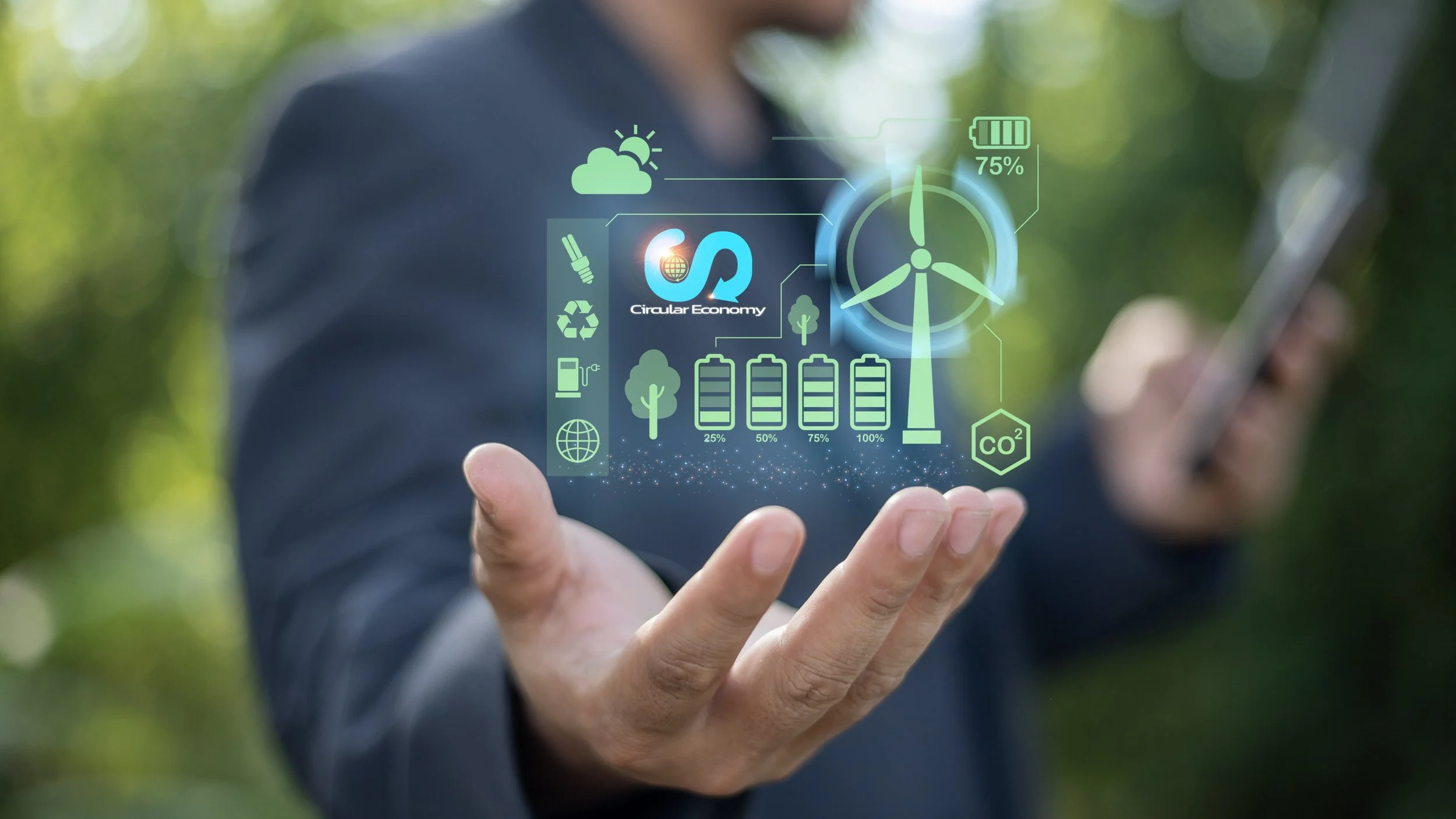AI & IoT for Sustainability
Abstract:
As climate change intensifies, technology is becoming a critical tool in helping communities, industries, and governments build resilience. By combining the real-time monitoring capabilities of the Internet of Things (IoT) with the predictive power of Artificial Intelligence (AI), organizations can better prepare for, respond to, and mitigate the impacts of environmental disruptions. This article explores how IoT and AI are being used to support climate resilience efforts, from disaster forecasting and resource optimization to emissions tracking and environmental protection.
Keywords:
Climate Resilience, IoT for Sustainability, AI in Climate Solutions, Smart Monitoring, Environmental Technology, Disaster Prediction, Green Innovation, Sustainable Tech, Climate Adaptation, Data-Driven Sustainability
Introduction:
The effects of climate change are becoming increasingly visible—from rising sea levels and extreme weather events to ecosystem degradation and resource scarcity. In response, governments, businesses, and communities are turning to technology to enhance climate resilience. IoT devices collect real-time environmental data, while AI systems analyze patterns and generate actionable insights. Together, these technologies enable smarter decision-making, faster response to climate risks, and more efficient use of natural resources. This article explores how IoT and AI are powering the next generation of climate adaptation strategies.
1. Real-Time Environmental Monitoring with IoT
IoT devices play a crucial role in collecting on-the-ground data from diverse environments. Sensors embedded in forests, oceans, urban infrastructure, and agricultural systems gather continuous information on temperature, humidity, soil quality, air pollution, water levels, and more. This real-time data allows early detection of environmental changes, such as signs of drought, flooding, or heatwaves, and supports fast intervention. In smart cities, IoT networks help manage energy use, reduce waste, and improve urban sustainability. These devices act as the eyes and ears of climate resilience initiatives.
2. Predictive Analytics and AI-Driven Forecasting
While IoT gathers data, AI transforms it into actionable insight. Machine learning models can identify patterns in weather conditions, energy demand, crop performance, or wildfire risk. These predictive systems enable governments and organizations to anticipate disasters before they strike and allocate resources accordingly. AI is also being used to model the impacts of climate change, simulate disaster scenarios, and optimize emergency response strategies. By combining historical data with current conditions, AI empowers proactive, rather than reactive, climate management.
3. Optimizing Resource Use and Emissions Management
IoT and AI technologies support smarter, more sustainable resource use. In agriculture, AI systems use sensor data to optimize irrigation, minimize fertilizer use, and improve crop yields, reducing environmental impact. In energy systems, predictive models balance power supply and demand, reduce peak load strain, and integrate renewable sources more efficiently. Meanwhile, smart transportation systems powered by AI reduce emissions through real-time route optimization and vehicle diagnostics. These applications not only cut costs but also lower carbon footprints across industries.
4. Building Resilient Infrastructure and Early Warning Systems
One of the most life-saving applications of tech-powered sustainability is in early warning systems. AI-driven platforms can issue alerts about impending natural disasters such as hurricanes, floods, or landslides based on real-time IoT data and predictive analysis. Smart infrastructure—such as bridges, dams, or levees—can be equipped with sensors to detect structural weaknesses or stress levels, preventing catastrophic failures. These intelligent systems help safeguard communities, protect critical assets, and strengthen national resilience in the face of environmental threats.
5. Challenges and the Path Forward
While the benefits are clear, implementing IoT and AI at scale presents challenges. These include data security, interoperability between systems, high deployment costs, and the need for reliable connectivity in remote areas. There is also a growing call for ethical frameworks to ensure responsible data use and equitable access to climate tech. As the urgency of climate action grows, partnerships between governments, private sector innovators, and research institutions will be essential to unlock the full potential of these technologies.
Conclusion:
IoT and AI are emerging as powerful allies in the fight against climate change. By enabling real-time monitoring, predictive analytics, and intelligent resource management, these technologies help societies become more adaptable, informed, and resilient. Tech-powered sustainability is not just a trend—it is a vital approach to addressing the complex challenges of our changing planet and building a more secure and sustainable future.
Resources:
World Economic Forum – How AI Can Help Fight Climate Change: https://www.weforum.org/agenda/2022/03/ai-climate-change-sustainability/
UN Environment Programme – Digital Technology for Climate Action: https://www.unep.org/resources/report/digitalizing-environmental-sustainability
IBM – IoT for Environmental Monitoring: https://www.ibm.com/topics/iot-environmental-monitoring
Microsoft – AI for Earth Program: https://www.microsoft.com/en-us/ai/ai-for-earth
Climate Change AI – Tools and Research: https://www.climatechange.ai/

